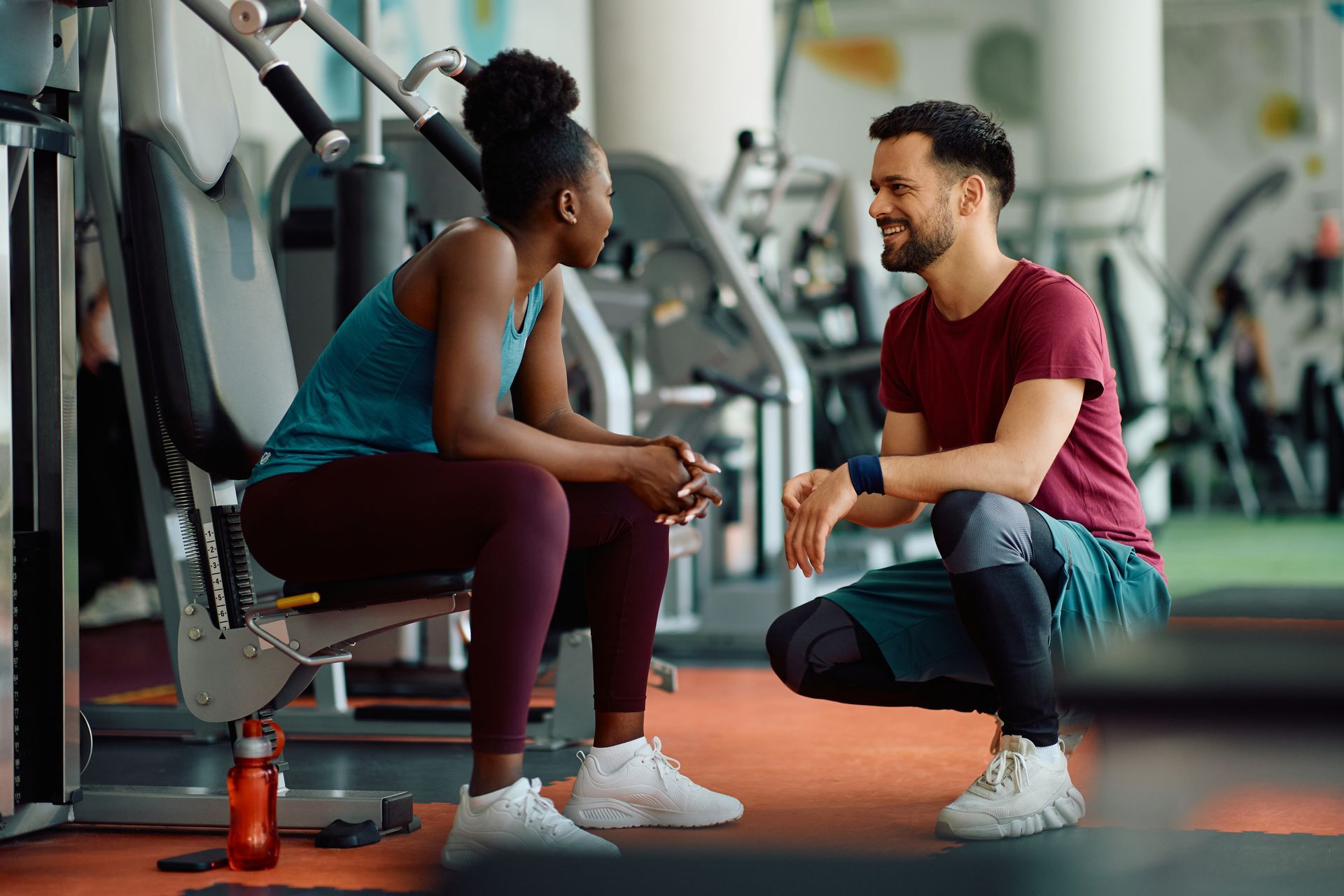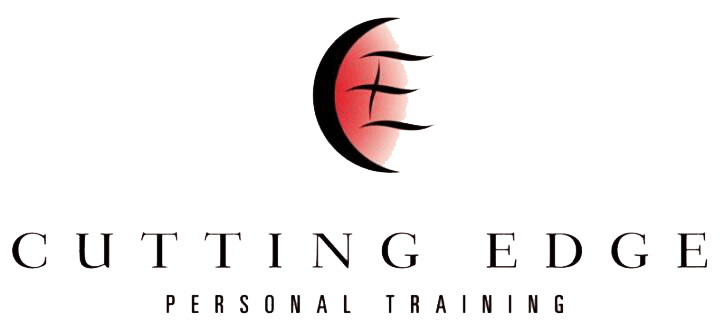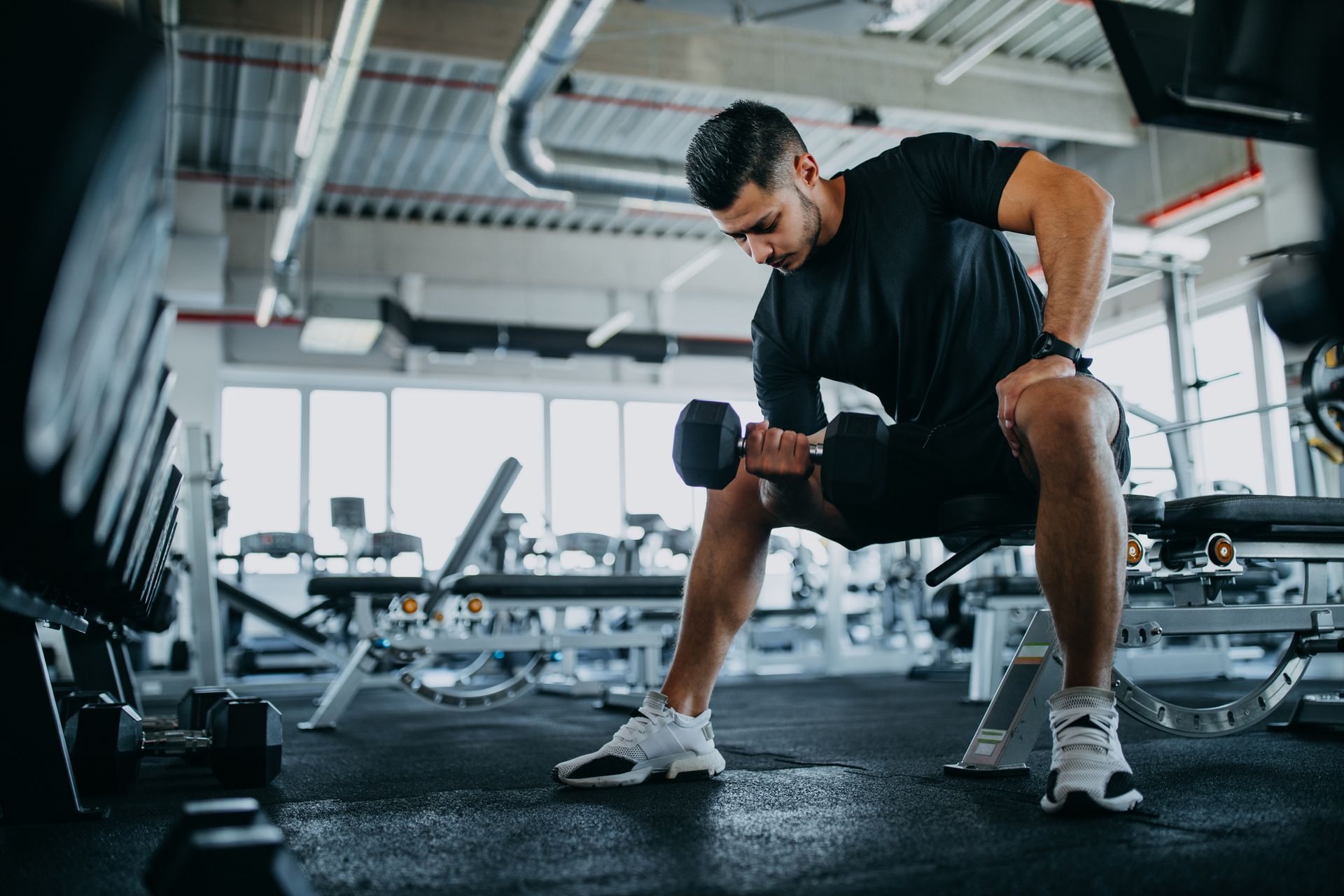January 6, 2022
New Year's Fitness Resolutions
Hey, how did you do with your past fitness resolutions?
It seems like we go into every January 1st feeling great about the new year and the opportunities it brings.
But how many of us have actually stick to our new year’s fitness goals for more than a week or two?
How many manage to maximize our physical development results?
If the answer is "not me," then this blog post is for you.
The new year has come! So if you want to optimize your progress and smash your new year's resolutions, keep reading this as I’ll give you my best tips to get you through to your goals.
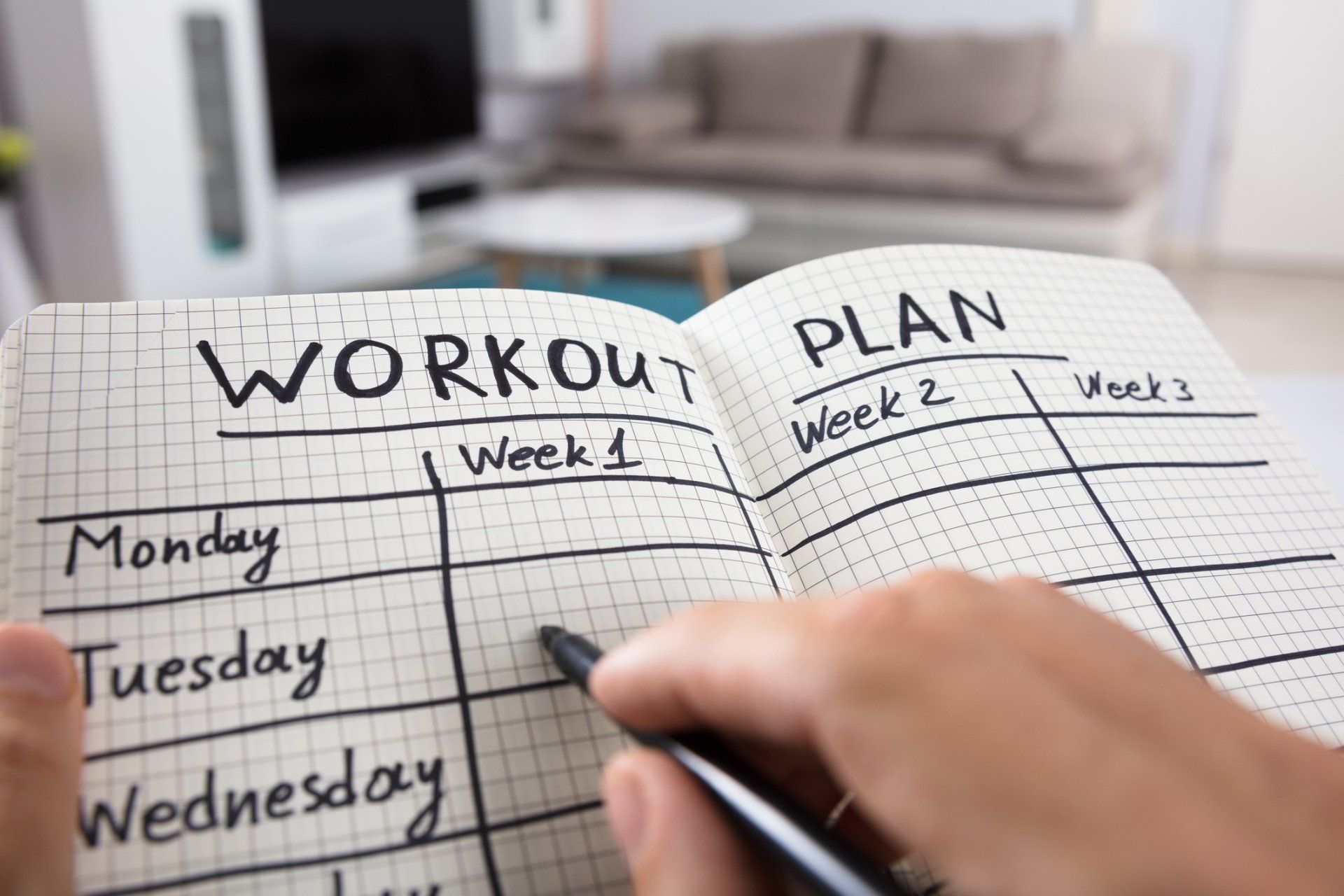
#1 Plan Ahead
If you think about it, fitness is quite predictable. Especially if you have a specific, well-thought-out plan of action.
So, before you rush into doing the things you have to do to improve physically and mentally, you have to, well…know what you're doing!
Think about the end results you want to achieve in the upcoming year and build your plan accordingly.
This would entail careful optimization of physical activity and nutrition. So if you are a newbie in this regard, your best bet is to hire a
professional trainer/coach/nutritionist who can help you figure out what's best for YOU.
#2 Find Quality Food Sources
In the fitness world, it's all about quality over quantity. So if you plan on achieving a great physique (as well as every other fitness goal) in
the next year, your nutrition should be of top priority.
You have to know what foods are going to help you get there faster while minimizing any negative effects or sacrifices along the way.
There is a lot of theory regarding healthy nutrition, but if we had to get it down to a couple of bullet points, here's what it would look like:
- Derive sufficient essential nutrients (Proteins & fats) from quality sources (foods from well-raised animals)
- Avoid processed foods, focus on whole foods
- Drink plenty of water
- Eat sequentially (first proteins & veggies, then starchy carbs)
#3 Get a Training Buddy
Odds are that at least one of your closest friends has also set fitness goals. This also means you have someone like-minded close to you.
So why not leverage that, share your resolutions with friends, and get yourself a training buddy.
In doing so, you can open ground for accountability and exchange of information about training and nutrition.
Last but not least, sharing healthy habits with a close friend can create a strong bond that lasts a lifetime.
#4 Monitor & Adjust
You must keep in mind that nothing works forever.
Throughout your fitness journey, you must track your progress and adjust the plan as needed.
This is the exact reason why, in working with a professional, there should be some form of regular check-ins.
#5 Start a New Activity
Fitness training and good nutrition are just two fundamentals for your new year's resolutions.
The next chapter of your fitness starts when you realize how much more than that you can do with your body and mind.
In the new year, choose a new, fun activity to engage in and stay consistent with.
Feel the joy of using your body for a variety of activities - Training doesn’t have to be just weights and cardio!
To Wrap it Up...
The time has come to make a new year's fitness resolution. The question is, what are you going to do for your health this year?
For many people, it’s easy because they already have an idea of where their challenges lie and the changes they need to make in order to
get healthier.
But if that doesn't apply to you, don't worry.
If you've never set foot into a gym before or barely know anything about any kind of exercise routine, reach out to me and I'll get you
started on your resolutions!
